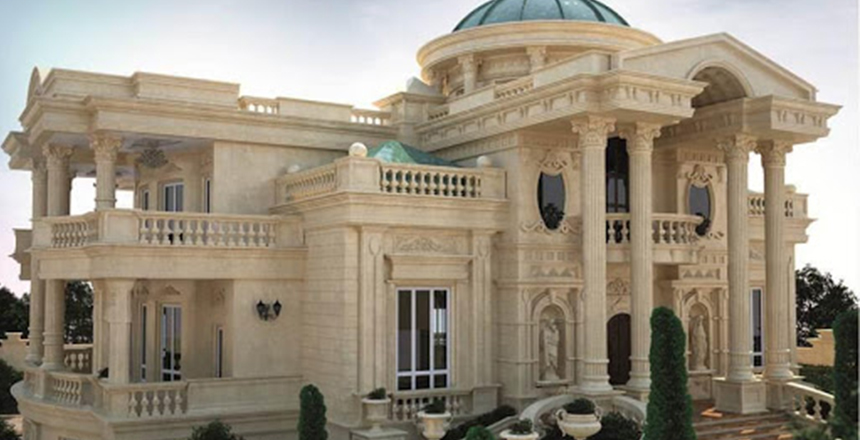
Travertine stone, revered for its timeless beauty and resilience, has been a staple in construction and design for millennia. From the ancient Roman Colosseum to modern-day luxury homes, travertine’s appeal endures, offering both aesthetic versatility and substantial durability. This article delves into the inherent qualities of travertine stone that contribute to its longevity, specifically focusing on its heat resistance and sensitivity to moisture. Understanding these characteristics is essential for anyone considering travertine for their building or design project, ensuring that this natural stone meets their needs and expectations.
Is Travertine Stone Heat Resistant? Travertine’s ability to withstand heat is one of its many remarkable features. This natural stone is formed in hot springs and is inherently resistant to temperature fluctuations, making it an ideal material for various applications. Its heat-resistant nature allows for its use in kitchen countertops, fireplaces, and outdoor environments where the stone may be exposed to direct sunlight or high temperatures. However, it’s important to note that while travertine can withstand heat, prolonged exposure to extremely high temperatures or sudden changes can potentially cause damage. Using protective barriers, such as trivets for hot cookware, is recommended to preserve the stone’s integrity.
Is Travertine a Moisture Sensitive Stone? Travertine’s relationship with moisture is nuanced. As a porous stone, travertine can absorb water and other liquids if not properly sealed. This characteristic makes it susceptible to staining and, in freeze-thaw climates, potential cracking if moisture penetrates the stone and then expands upon freezing. However, when correctly sealed and maintained, travertine can resist moisture-related issues, making it suitable for bathrooms, kitchens, and even outdoor spaces like patios and pool surrounds. Regular sealing and immediate cleanup of spills can significantly enhance travertine’s resistance to moisture, ensuring its durability in various settings.
Q: How often should travertine stone be sealed for optimal durability? Sealing is crucial for maintaining travertine’s beauty and durability. It’s recommended to seal travertine surfaces upon installation and then every one to two years, depending on the amount of foot traffic and exposure to elements.
Q: Can travertine be used in high-traffic areas? Yes, travertine can be suitable for high-traffic areas due to its durability. Choosing a honed or tumbled finish can help minimize the appearance of wear and make the stone more resilient against daily use.
Q: How does travertine stone react to acidic substances? Travertine, like other natural stones, can be etched by acidic substances such as lemon juice or vinegar. It’s essential to clean up any acidic spills promptly and to use stone-friendly cleaning products to prevent etching.
Conclusion Travertine stone’s enduring popularity is no coincidence. Its heat resistance makes it versatile for various applications, while its ability to be sealed against moisture allows for its use in environments where other materials might falter. Proper care, including regular sealing and cautious use, can mitigate travertine’s sensitivity to moisture and ensure its longevity. Whether for residential or commercial projects, travertine offers a durable, beautiful option that, with the right maintenance, can last for generations. Understanding travertine’s characteristics and needs can help maximize its durability, making it a wise investment for any property.
Aida Stone Trading is serving its valued customers with the wholesale sale of building stones, including all types of travertine and marble. cnc production and sales of porcelain stones are also performed in this complex. You, the dear and valuable customers of Emerald Trading, can contact our experts in this center to buy bulk stones and benefit from their free advice.